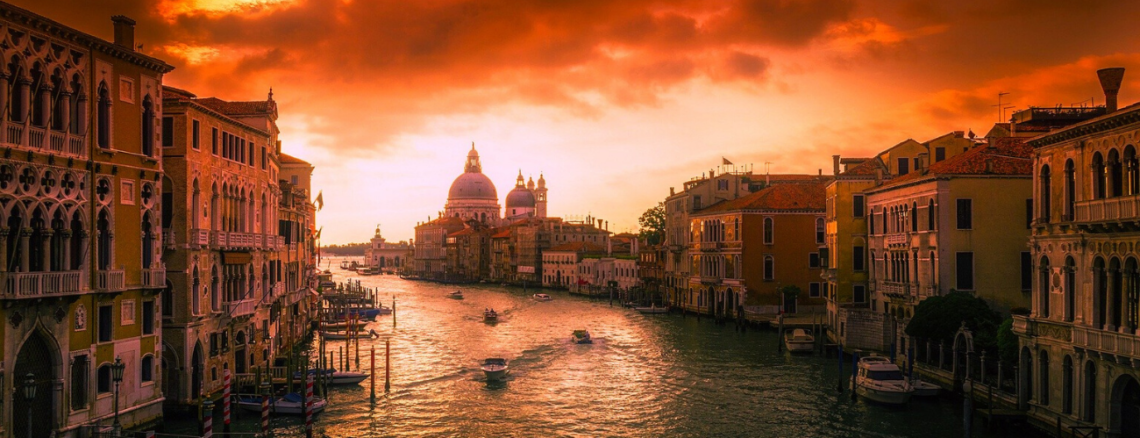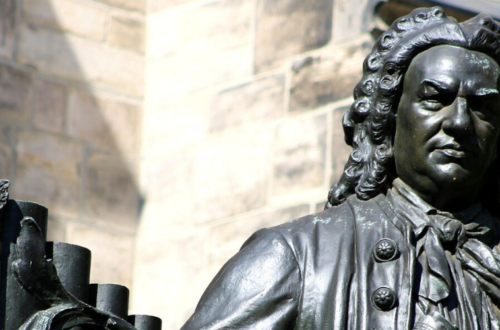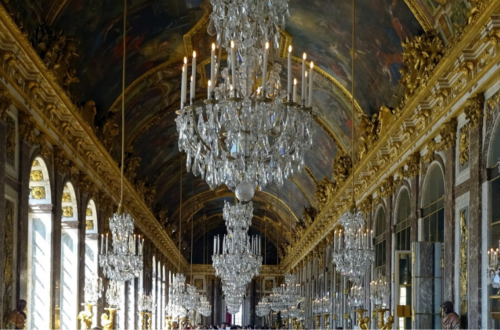-
Vivaldi and Violins, or Baroque Music for Babies

In today’s exploration of Baroque music that’s great for babies and children, my son, Little M, and I would like to share a piece with you by Antonio Vivaldi (1678–1741). You might already know about Vivaldi and his most famous work, a set of violin concertos called “The Four Seasons,” or Le quattro stagioni.
Vivaldi wrote more than 500 hundred concertos–pieces for a solo instrument, or group of soloists, and orchestra–and nearly half of those are for violin. But that’s not all that he’s known for. Here’s a short Vivaldi bio to give you some more info.
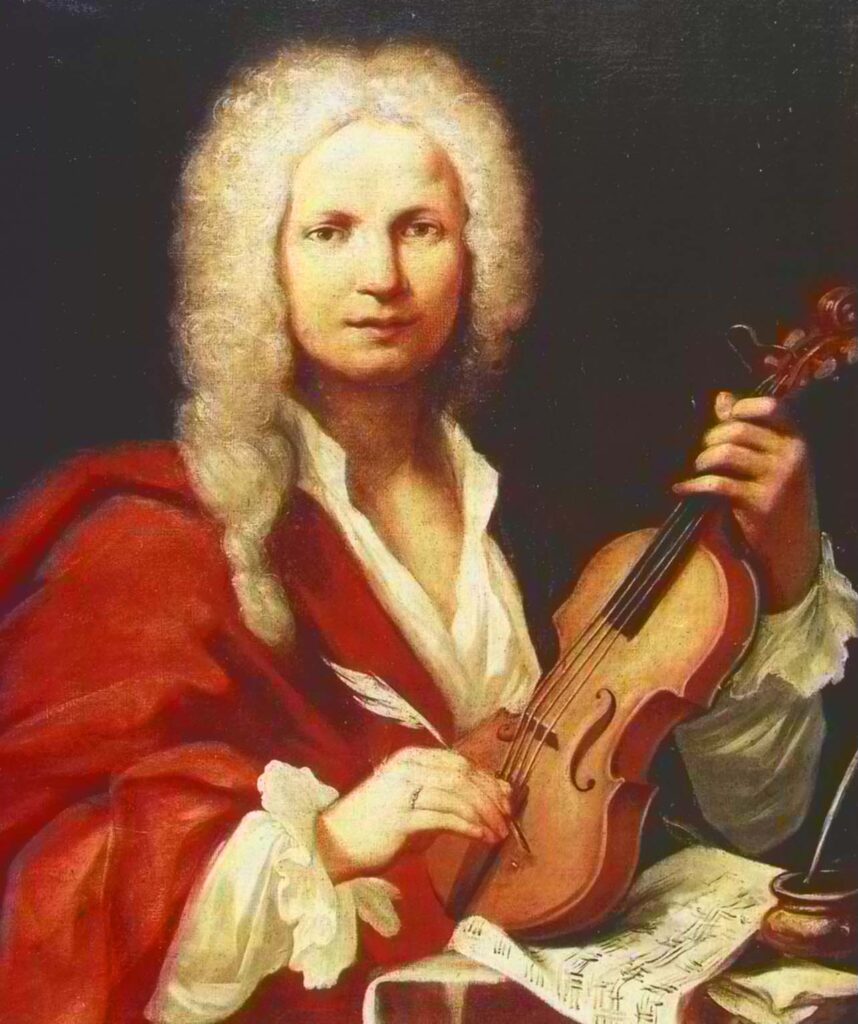
Vivaldi’s Bio
Vivaldi was known as “The Red Preist” because he had red hair and was. . . you guessed it. . . a Catholic priest. He was an Italian composer, born in Venice, Italy, in 1678, and he spent most of his life working at an orphanage there: the Ospedale della Pietà.
At the Ospedale he was in charge of an all-female musical ensemble, which consisted of an orchestra and choir. His ensemble and the ensembles of the other orphanages in Venice were considered to be very good, so good, in fact, that travelers from all over Europe came to hear them.
Vivaldi wrote most of his music for this ensemble, including more than 60 vocal works such as his Gloria in addition to his 500+ concertos. But he also wrote nearly 50 operas and some other works for musicians outside of the Ospedale.
After his death in 1741, his works were mostly forgotten until they were “rediscovered” in the 1920s and 30s and started to be programmed again on concerts.
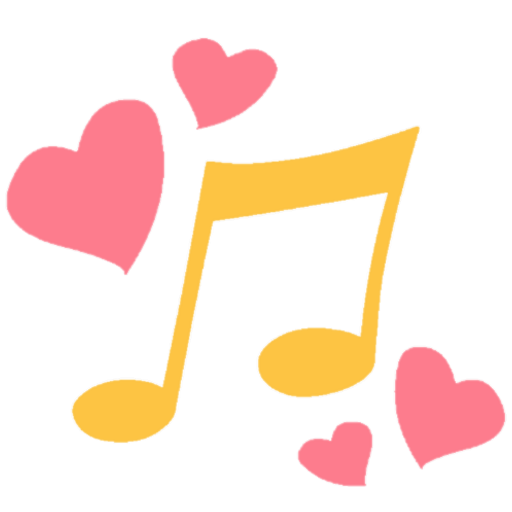
The Music
The piece we want to share with you is from Vivaldi’s L’estro armonico (1711), which is an important published collection of concertos for one, two, and four violins with string orchestra. This piece is the third movement of the eighth concerto in that collection.
A movement is a [usually] short piece that is grouped together with other pieces to form a larger, complete piece.
It’s fast and furious, but also has tender moments that show the expressivity of the violins. Baroque music with these qualities is good for babies and children because it can hold their attention while also furthering their emotional development.
If you want to know more about any of the instruments you’re seeing, check out our Guide to Baroque Instruments. The instruments in this video are called “period instruments” because they were made at the same time period (i.e. hundreds of years ago!) as the music being played, or they are exact copies of instruments from that time period.
We hope you enjoy the music! Let us know what you think by leaving a comment below!
This performance is by the Irish Baroque Orchestra. Go check them out on their website or their YouTube channel!
